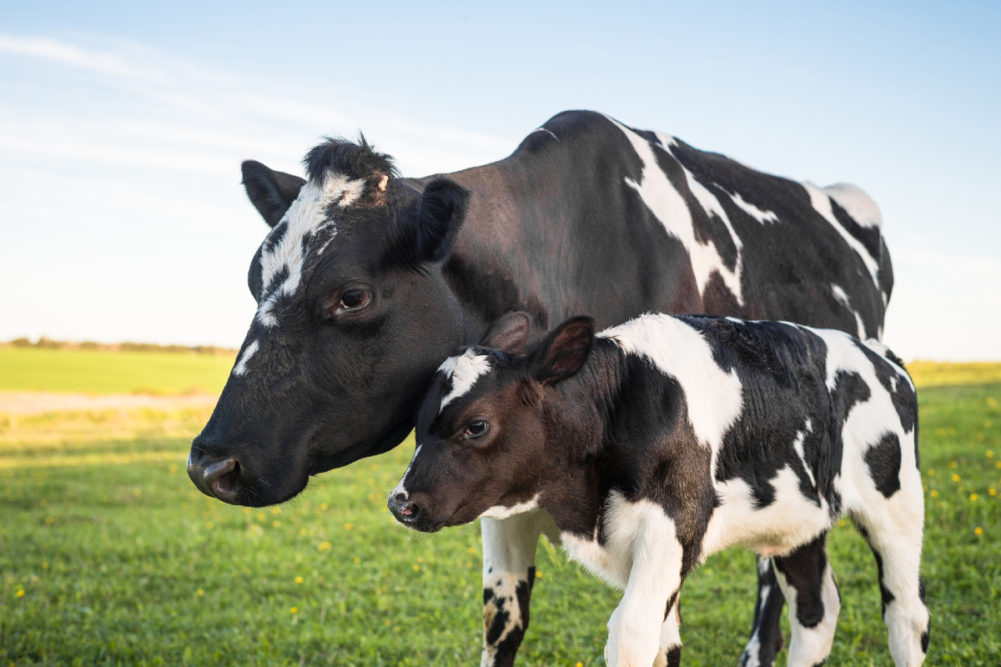DENVER – A new report from CoBank warns that domestic milk production could be impacted in the coming years by a drop-off in the number of dairy heifers available to replace older cows.
Citing United States Department of Agriculture (USDA) data, CoBank shared that the number of dairy replacement heifers has decreased almost 15% over the past six years, reaching a 20-year low.
The report from CoBank’s Knowledge Exchange cautioned that potential growth opportunities for US dairy products may be impeded by the inability to expand milk production.
It detailed that the costs associated with rearing dairy heifer calves have created an imbalance in recent years, with dairy farmers opting to reduce their heifer replacement inventories. It said the cost of raising a dairy heifer is currently the third-highest expense on dairy farms, behind feed and labor.
Additionally, the report noted that US beef herd numbers fell due to drought and other conditions, leading to record high prices for beef cattle and products.
“Raising dairy heifers has been a losing proposition for most farmers in recent years, to the tune of $600 to $900 per animal,” said Corey Geiger, lead dairy economist for CoBank. “To better manage on-farm heifer inventories, dairy farmers have turned to using beef semen on a portion of their dairy herd to reduce the number of replacement heifers. That’s enabled farmers to cut the costs associated with raising heifers and generate additional income from beef sales.”
CoBank’s report also pointed out that the US dairy herd as a whole has remained stable the past six years, in the range of 9.3 to 9.4 million head of dairy cows.
With dairy replacements becoming scarce, the report explained, prices reached an eight-year high – $1,890-$2,800 per head, according to USDA data and market reports.
Geiger said that even if dairy producers “reverse course” in the coming years, “it will be two to three years before the resulting dairy calves even reach the milking barns.”
The complete report from Cobank is accessible online via the cooperative’s website.

